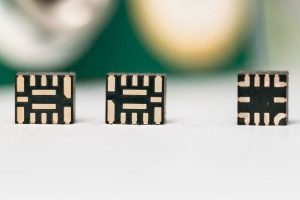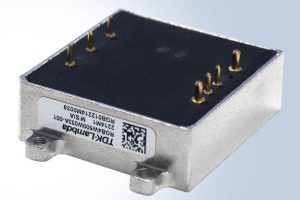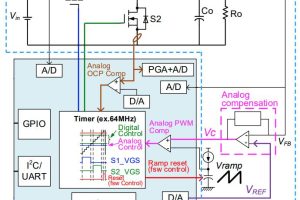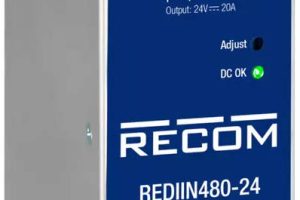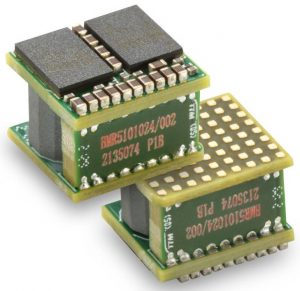
Called BMR510, it includes necessary magnetic components and can produce outputs between 0.5 – 1.3V from inputs spanning 4.5 to 16V “which makes it compatible with 4:1 conversion ratio front-end intermediate bus converters”, said Flex. Efficiency is 88.5% at 13.5Vin, 0.8Vout 40Aout.
The module is not a regulator in itself, but a building block designed to work with controllers from multiple vendors.
“BMR510 is a two-phase non-isolated step-down power block, which works with an external controller with tri-state PWM signals,” Flex told Electronics Weekly.
While it includes magnetics, it does not include all necessary capacitors. “Output capacitors are required to be connected between Vout and GND,” continued Flex. “The output capacitor requirement depends on two considerations: output ripple voltage and load transient response. There is a 33μF input capacitance in the BMR510. It is however recommended to use at least 70µF ceramic external input capacitors for each module, placed close to the input pins and with low impedance connections to the Vin and GND pins to be effective.
Over-temperature and over-current protection are included, and values are sensed for remote monitoring. An enable input is provided.
It is halogen-free and optimised for top-side cooling, with land grid array terminations or optional solder bumps.
The company intends it to power CPUs, GPUs, high-end FPGAs and high-end ASICs demanding over 100 A, “commonly found in the latest AI applications”, it said.
Samples are available now, and released for production is scheduled by the end of this quarter.
 Electronics Weekly Electronics Design & Components Tech News
Electronics Weekly Electronics Design & Components Tech News
